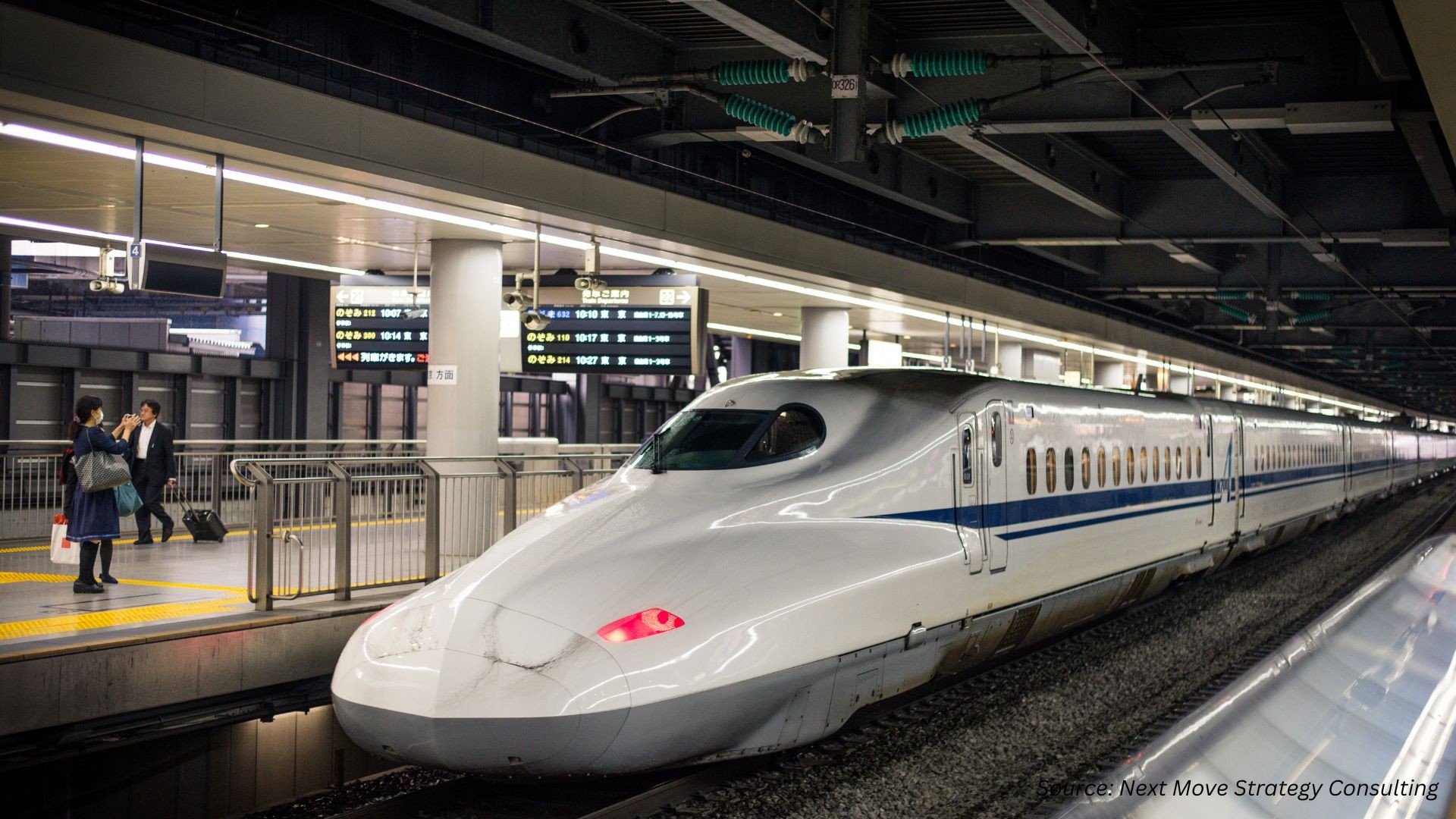Voltify Drives Battery-Electric Shift in U.S. Railroads
Published: 2025-09-16

Industry Insights from Next Move Strategy Consulting
As railroad face mounting pressure to decarbonize, start-up Voltify is advancing an ambitious plan to replace diesel-powered freight locomotives with battery-electric technology. Backed by a model that forecasts long-term cost savings and operational sustainability, Voltify’s vision could mark a pivotal shift for an industry valued at over $80 billion annually.
A Break from Diesel Dependence
Voltify co-founder Daphna Langer has set a bold target: to decarbonize the U.S. rail industry within the next decade. The company’s approach centers on VoltCars, sodium-ion batteries on wheels that integrate directly with existing locomotives.
According to a Nature Energy study, the move to rechargeable battery-electric trains could save U.S. rail freight operators $94 billion over 20 years. The International Energy Agency also reports that rail emissions must fall 5% annually through 2030 to align with net-zero targets, amplifying the urgency of Voltify’s proposal.
“Converting six companies is not that hard. And having that ability to create such an impact with just six companies, it’s huge,” Langer said, referring to the six Class 1 freight railroads that dominate the 140,000-mile U.S. rail network.
Strategic Infrastructure: Microgrids and Algorithms
One of the central concerns for railroad operators has been charging reliability. To address this, Voltify is developing a network of solar-powered energy microgrids projected to power trains across North America. The company estimates 1,400 microgrids would be needed for full-scale deployment.
Complementing this, Voltify has built an algorithm to forecast train energy demands across routes, ensuring that power availability matches operational schedules without disrupting efficiency.
“Our calculations show that a network of these microgrids could eventually power all trains in North America,” Langer explained.
Industry Engagement and Demonstrations
Voltify is in active talks with three of North America’s largest freight railroad companies and plans to launch a pilot with a Class 1 operator in early 2026. A demonstration project with a smaller railroad is also set for this year, with expectations of commercial deployment shortly thereafter.
Competitive Landscape and Market Potential
Industry leaders highlight challenges such as charging time, battery capacity, and upfront infrastructure costs. However, both Wabtec and Siemens executives stress that these obstacles will diminish as adoption scales and technology advances.
Redefining the Rail Frontier
By coupling microgrid infrastructure with advanced battery integration, Voltify aims to align industry economics with sustainability goals.
Source: CNBC
Prepared by: Next Move Strategy Consulting
















Add Comment